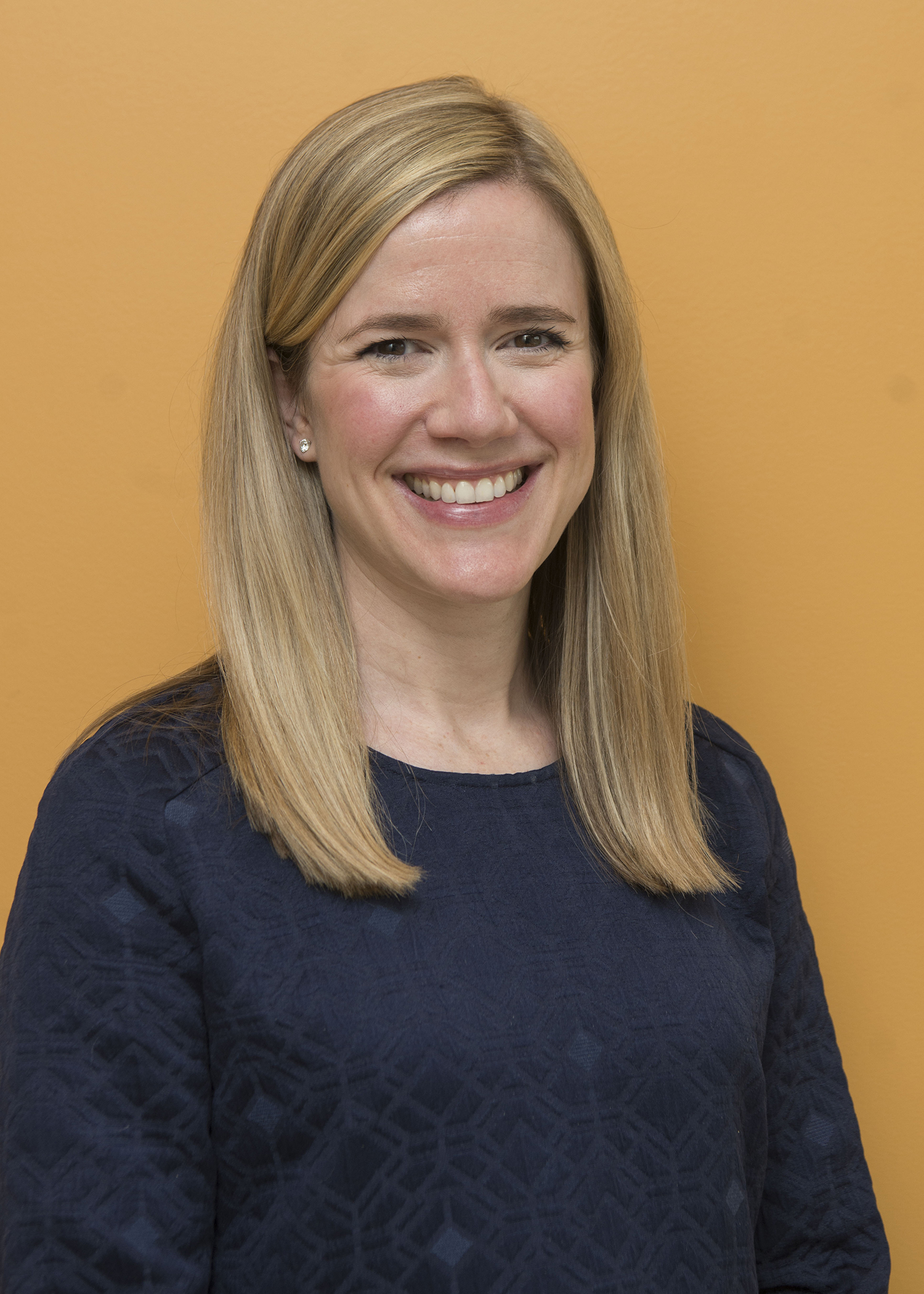Suicide and Self-Injury
Reasons for Non-Enrollment in a 3-Month Ecological Momentary Assessment Study of Suicidal Behaviors
(PS13-22) Reasons for Non-enrollment in a 3-month Ecological Momentary Assessment Study of Suicidal Behaviors
- NR
Narise Ramlal, B.A.
Doctoral Student
Fordham University
Cambridge, Massachusetts, United States - AC
Alexis Christie, B.A.
Research Assistant
Harvard University
Cambridge, Massachusetts, United States - AB
Adam Bear, Ph.D.
Machine Learning Engineer
Harvard University
Cambridge, Massachusetts, United States - AM
Alexander Millner, Ph.D.
Research Scientist
Harvard University
Cambridge, Massachusetts, United States - EK
Evan Kleiman, Ph.D.
Associate Professor
Rutgers
Piscataway, New Jersey, United States - KZ
Kelly L. Zuromski, Ph.D.
Research Associate
Harvard University
Cambridge, Massachusetts, United States 
Kate H. Bentley, Ph.D. (she/her/hers)
Assistant Professor
Massachusetts General Hospital/Harvard Medical School
Boston, Massachusetts, United States- SB
Suzanne Bird, M.D.
Director Acute Psychiatric Services Unit
Massachusetts General Hospital
Boston, Massachusetts, United States - JS
Jordan Smoller, M.D.
Director of the Center for Precision Psychiatry
Massachusetts General Hospital
Boston, Massachusetts, United States 
Matthew K. Nock, Ph.D.
Edgar Pierce Professor of Psychology; Chair, Department of Psychology
Harvard University
Cambridge, Massachusetts, United States.jpg)
Rebecca Fortgang, Ph.D.
Research Scientist
Massachusetts General Hospital
Boston, Massachusetts, United States
Author(s)
Co-Author(s)
Suicide is a leading cause of death, and after hospital discharge presents a particularly high-risk period (Forte, et. al., 2019). Recent research on suicidal thoughts and behaviors (STBs) has used ecological momentary assessment (EMA) to assess real-time fluctuations in risk during this time and inform potentially lifesaving intervention (Kleiman & Nock, 2017). However, given the involved nature of EMA, complexities introduced by recruiting in hospital settings, and potential for acute symptoms to interfere with ability or willingness to participate, samples of those who ultimately enroll may not adequately represent the population.
Few EMA studies report the number of potential participants who do not participate, and even fewer report specific barriers. In the limited literature that does, primary reasons include not having a smartphone, technological issues, or lack of interest (Czyz et al., 2018; Porras-Segovia, et. al., 2022; Kleiman et. al., 2017). In addition, many minority groups participate in research to a lesser degree than their majority counterparts (Owen-Smith et. al., 2016; George, Duran, & Norris, 2014), and some reasons for nonparticipation may vary according to demographic characteristics. Lastly, given that studies of STBs often recruit from acute hospital settings, this introduces many potential logistical barriers to enrolling, like relying on busy clinical providers, that may result in a biased sample.
In the current study, we examined screening data from 1388 adults presenting to a psychiatric emergency room with STBs who were screened but did not enroll in an EMA study of STBs between late April 2023 through late February 2024. We examined demographic data from electronic health records (age, gender, and race) and reasons for non-enrollment.
We identified 35 reasons for non-enrollment. The primary reasons were no response from providers to researchers’ initial outreach about eligible patients (n=378), patients discharging before providers could mention the study (n=178), patients not being assigned to providers (n=178), and patients telling providers they were not interested in the study (n=144). We also explored associations between demographic variables and likelihood of nonparticipation for each reason, finding that several reasons were disproportionately associated with gender, age, and race. For example, younger adults were more likely to discharge before providers could discuss the study with them (B=-0.89, p< 0.001) and have providers that were too busy to discuss the study (B=-2.98, p=0.026); older patients (B=3.65, p=0.033) and transgender patients (B=5.84, p=0.002) were more likely to lack cognitive capacity to consent; transgender patients were more likely to have medical issues prevent enrollment (B=11.21, p=0.016); and older patients were more likely to be unable to consent due to substance use (B=1.72, p=0.034).
These results point to a possibility of incomplete representation in EMA studies of this population. We identified reasons that provide us with direction to reduce logistical issues (i.e., providers too busy, patients discharging), such as adjusting how we contact patients’ providers. By identifying other barriers, we can make these studies more accessible and feasible.

.png)
